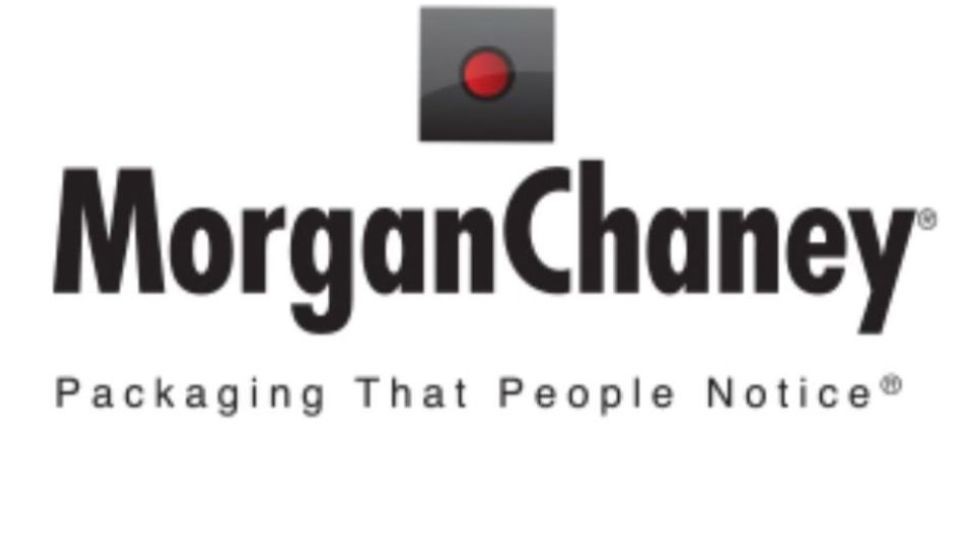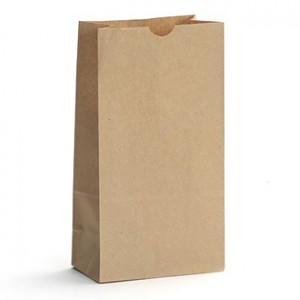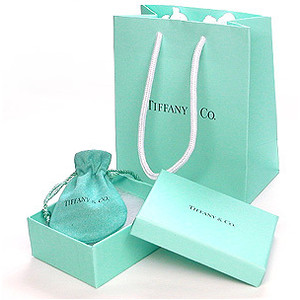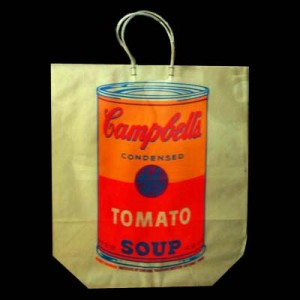The branded shopping bag has become an essential marketing and branding tool for many retailers, but how did this idea first gain momentum?
Shopping bags may have started out as a simple utility, but over time they have transformed into a branding and marketing tool for all types of businesses. Exploring the history of shopping bags helps shed some light on the way we utilize them in the modern marketplace.
The Early Invention of Paper Shopping Bags
In 1852 a teacher named Francis Wolle invented a machine that could produce an envelope shaped paper bag that was flimsy but somewhat functional. Nineteen years later a factory worker named Margaret Knight invented a machine that could efficiently produce paper bags with a flat bottom, which were much more practical and useful. In 1883 a man named Charles Stilwell patented a machine that gave the bags pleated sides. Stilwell’s bags would come to be known as the SOS or self-opening-sack, which is a name still in use today.
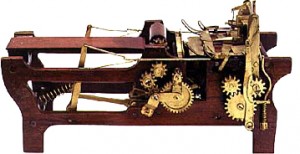
Margaret Knight’s paper bag machine
SOS or self-opening-sack by Charles Stilwell
In 1912 a proper shopping bag with handles was invented by Walter Deubener. Deubener was a grocer and wanted to supply shoppers with a bag that could allow them to carry more goods, so that they could buy more at his store. He created a paper bag with handles and a cord running through it for strength that could hold up to 75lbs of groceries. He sold this bag for 5 cents, and by 1915 he had patented his bag design and was selling over a million shopping bags per year.
Branded Shopping Bags
In 1949 the Interstate Bag Company made a machine that could efficiently attach handles to paper shopping bags, making them inexpensive enough for retailers to give bags away for free. During this time, gas powered vehicles and trucks were becoming more common. According to the book Service and Style, stores started to paint their trademark colors and logos on trucks as a prototype to mobile advertising.
This idea soon transferred to shopping bags, as every customer carrying a branded bag down the street is a marketing opportunity. By the late 1950’s, stores started to design shopping bags with their logos on them to help promote their brands. Branded shopping bags soon became a status symbol to consumers, who could proudly carry their designer shopping bags down the street to show off their taste and wealth.
I’m sure you’ve heard the term ‘Tiffany Blue’ before, and you’ve probably seen people carry items around in Victoria’s Secret pink striped bags or Bloomingdale’s ‘Big Brown Bag’. These retailers have used their shopping bags to enhance their brand image immensely. By choosing iconic packaging design and using their prestige to encourage the reuse of these bags, they have increased their marketing reach exponentially. Many companies reinforce brand image through color, design, and unique logos so that their shopping bags can be recognized even from a distance.
You may be able to tell what stores some of these bags are from, even if you can’t see the logo.
Shopping Bags and Art
Bloomingdale’s L’Espirit de France bags decorated like tarot cards came out in 1961 which inspired other retailers to design shopping bags displaying art. Many stores started hiring artists, photographers or architects to design shopping bags for them. In 1964 Andy Warhol designed a bag for the American Supermarket art exhibit in New York displaying his famous soup can image.
Andy Warhol Soup Can Shopping Bag
It became clear that shopping bags were a form of art when museums started featuring shopping bags. In 1978 Smithsonian and the Cooper-Hewitt National Design Museum in New York City curated an exhibit called Portable Graphic Art which displayed artistically designed shopping bags. There was also a museum founded in 2002 by a shopping bag collector that is called the Museum of Bags.
The Plastic Bag Takes Over
In 1965 a Swedish company designed the plastic T-shirt style bag, made from high-density polyethylene plastic. Plastic bags ended up replacing paper bags in most grocery stores and some retail stores due to their lower cost. These plastic bags could hold large amounts of weight without breaking and were much cheaper to buy.
The plastic grocery bag was widely used until more recently when related environmental issues were exposed. Since typical plastic does not degrade or break down, it poses serious risks to the environment. Some cities have since banned the use of plastic bags, and some grocery stores have started charging shoppers for bags. It seems the bag has come full circle as paper shopping bags are becoming more popular again to replace plastic, and reusable bags are becoming more widespread.
Modern Day Statement
Shopping bags are now a necessity to any business that sells products in person. Adding custom boxes, tissue paper, and ribbon are also important in creating a complete packaging experience. Packaging design has become an art form in many ways, and a supremely designed custom shopping bag makes a statement about your business. The ultimate benefit of branded shopping bags is when your customers are proud to carry your bag, and reuse it several times before discarding it.
Are you inspired to use custom shopping bags?
Morgan Chaney is the premier supplier of custom shopping bags, and offers in-house graphic design and packaging consultation. Our industry expert consultants and graphic artists can assist you in creating packaging that will promote your brand.
